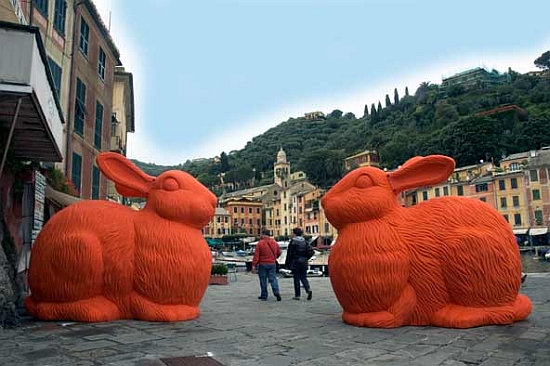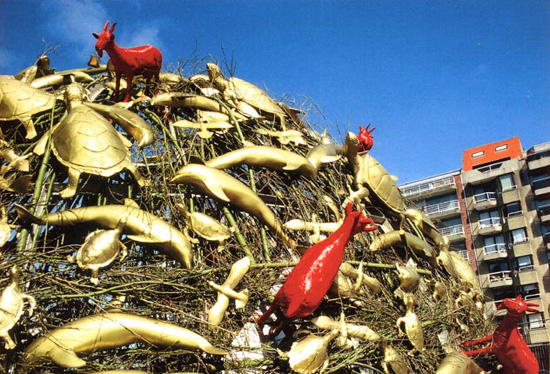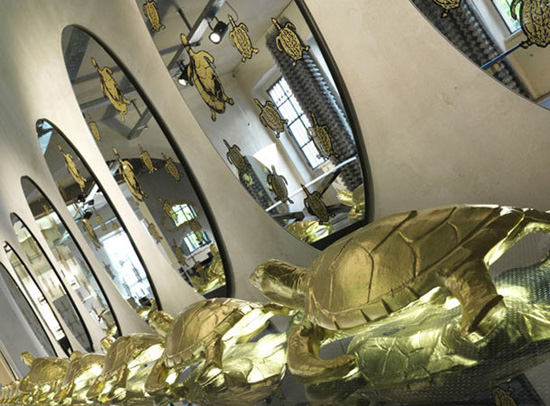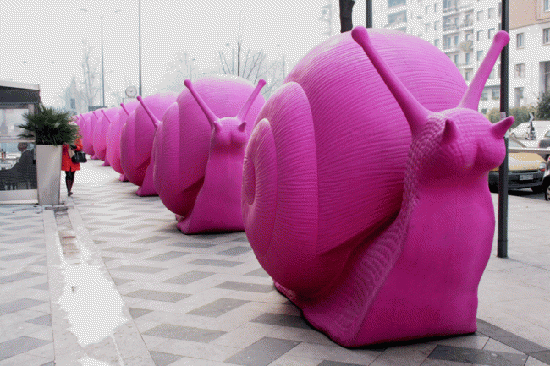If someone told you they’d just spotted a group of giant colored rabbits in the street you’d be forgiven in thinking they’d been at the wacky baccy again. Yet, since 1983, random sightings like these have materialized across Europe, and all without the aid of mind-altering drugs.
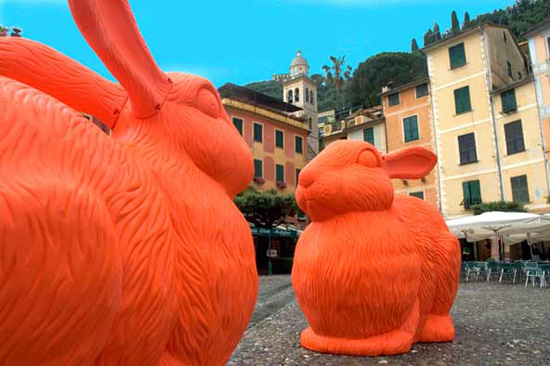 All images courtesy of Cracking Art Group
All images courtesy of Cracking Art Group
